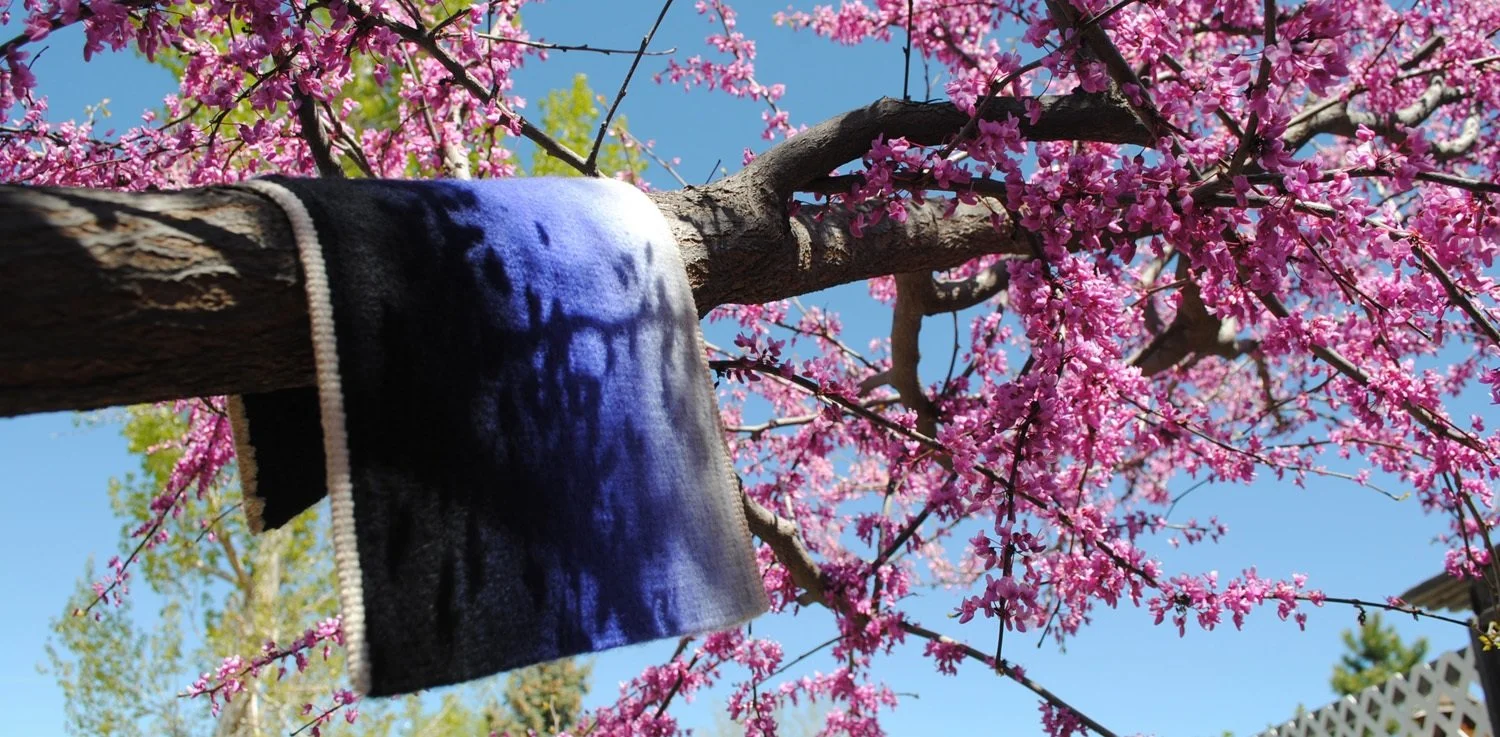There might not be anything better than turning a really dirty fleece into a white fluffy cloud of fiber. It never crossed my mind when I became interested in spinning that I’d actually purchase raw fleece. That is until I met Maggie Casey. I learned to spin from her in her shop in Boulder and she loves using fleece so she teaches her students to use fleece as a fiber source. Of course I still learned to spin using roving and top and whatever other commercially prepared fiber is available, but getting your hands into actual fleece sure taught me a lot about the material I weave my tapestries with: wool.
It only takes one time of seeing that pile of often grubby, sticky fiber turn into a fluffy cloud of curls and crimp to get you hooked. Apparently Maggie knew this when she brought fleece to her spinning classes at Shuttles, Spindles, and Skeins.







